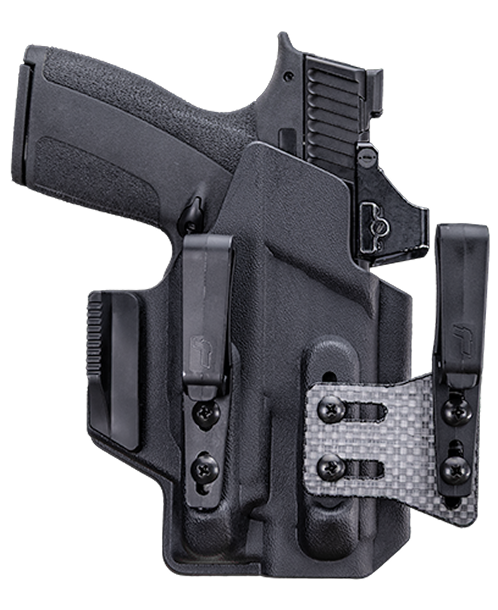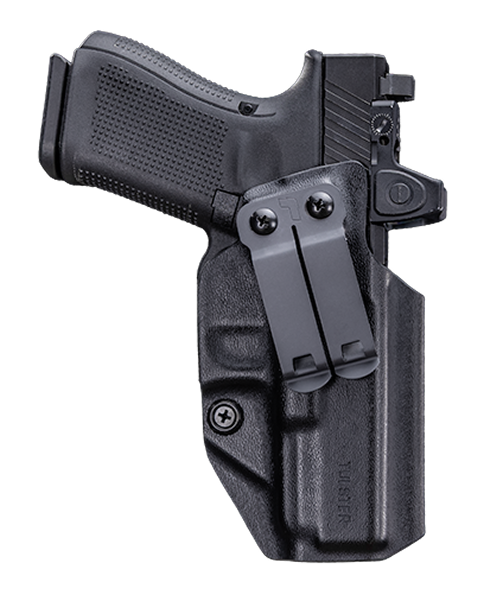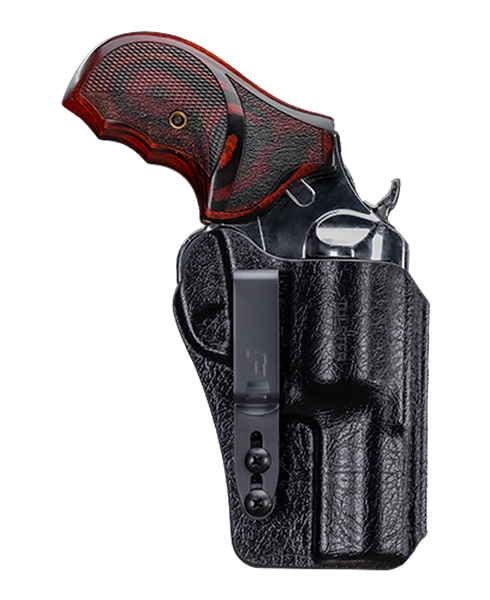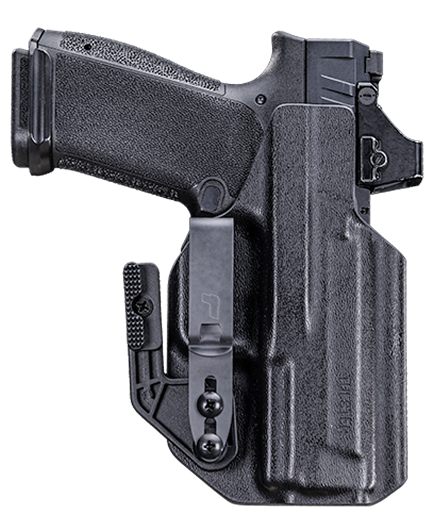Mastering The Rifle To Pistol Transition
Posted by Tulster on Jan 29th 2025
When it comes down to real-world defense scenarios, the ability to efficiently transition from your rifle to your pistol can mean the difference between life and death. This skill is essential for responsible armed citizens who train for high-pressure situations. In this guide, we’ll cover the why, when, and how of rifle-to-pistol transitions and share actionable tips to improve your technique.
Why Transition from Rifle to a Pistol?
Rifles are powerful and accurate, making them the primary weapon of choice in most tactical scenarios. However, there are situations where transitioning to your sidearm is not just practical but necessary:
- Weapon Malfunctions: Fixing a malfunction on a rifle during a firefight can take precious seconds. Transitioning to your pistol ensures you stay in the fight.
- Close-Quarters Combat (CQC): Rifles can become cumbersome in tight spaces, making pistols a better option for maneuverability.
- Empty Magazine: Reloading a rifle under fire is time-consuming. Drawing your pistol is often faster and keeps you in action.
- Injury or Impediment: If one arm is injured or occupied, operating a rifle may become impractical, necessitating a switch to your handgun.
Key Principles
To perform a smooth and efficient transition, it’s important to focus on these foundational principles:
- Retention: Always maintain control of your rifle while transitioning. Use a sling to keep the rifle secure and out of the way.
- Speed and Efficiency: Practice minimizing wasted motion. Your transition should be fluid and quick, ensuring minimal downtime.
- Trigger Discipline: Do not pull the trigger on either firearm until you are on target and ready to fire.
- Target Awareness: Maintain situational awareness and keep your eyes on the threat while transitioning.
How to Transition
Follow these steps to execute an effective rifle-to-pistol transition:
- Identify the Need to Transition: Recognize the situation requiring a switch. For example, your rifle malfunctions, or you’re entering a close-quarter environment.
- Secure the Rifle: Lower your rifle and let it fall naturally to your chest or side, depending on your sling setup. Ensure it’s out of your way but still accessible.
- Draw the Pistol:With your dominant hand, draw your pistol from its holster. Use your support hand to stabilize your stance or adjust your rifle’s position if needed.
- Engage the Target: Bring the pistol up to your line of sight and acquire your target. Maintain proper shooting fundamentals.
- Reassess and Recover: Once the immediate threat is neutralized, decide whether to reholster your pistol and return to your rifle or continue using your sidearm.
Tips for Mastery
- Train Regularly: Practice rifle-to-pistol transitions during dry fire and live-fire training sessions. Repetition builds muscle memory.
- Invest in a Quality Sling: A two-point or single-point sling ensures your rifle remains secure during transitions.
- Optimize Your Gear Setup: Ensure your holster, sling, and other gear are positioned for quick and intuitive access.
- Simulate Real Scenarios: Incorporate transitions into realistic drills, such as malfunction clearances, magazine changes, and movement exercises.
- Focus on Safety: Always adhere to firearm safety rules during training. Muzzle discipline and trigger control are non-negotiable.
Common Mistakes
- Overcomplicating the Motion: Keep your movements simple and efficient. Unnecessary steps can slow you down.
- Neglecting Rifle Retention: Failing to secure your rifle properly can result in entanglement or loss of control.
- Rushing Without Precision: Speed is important, but accuracy and control should never be sacrificed.
- Ignoring Gear Maintenance: Ensure both your rifle and pistol are in proper working condition and your sling is adjusted to fit comfortably.
Mastering the rifle-to-pistol transition is a critical skill for anyone who takes tactical training seriously. By understanding the principles, practicing regularly, and optimizing your gear setup, you can develop the confidence and efficiency needed to handle high-stress situations effectively. Whether you’re training for professional or personal defense, this skill will enhance your readiness and overall tactical proficiency.
Take your training to the next level today and start mastering the art of the rifle-to-pistol transition.









